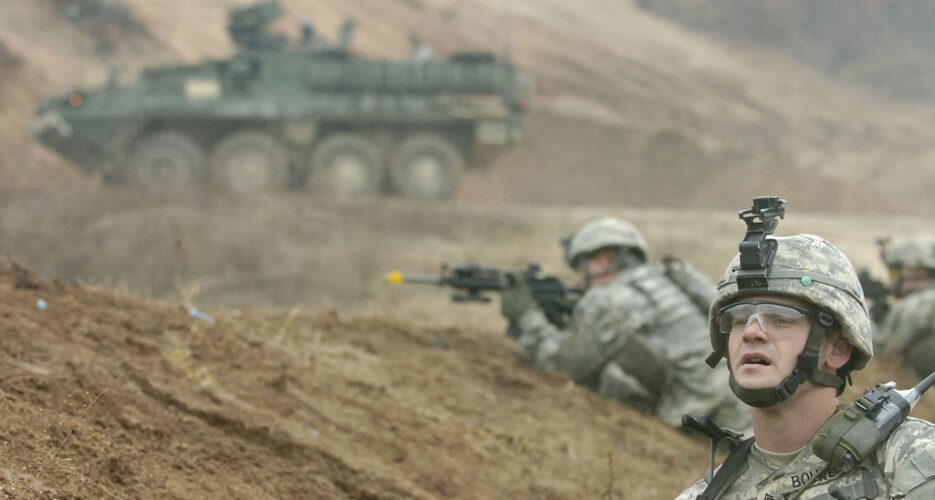By the time of the Yeonpyeong Island bombardment in late 2010, there was a sense – at least among the foreign visitors who’d been there less than 20 years – that we had reached unprecedented territory and no one know what would come next. Coming after the Kim Dae-jung and Roh Moo-hyun years, in which the two Koreas held summits and figures on both sides of the DMZ suggested the U.S. was the obstacle to unification, the violence appeared particularly stark, and the deaths of 50 South Koreans signaled the potential for the loss of much more.
Those well-versed in the history of the peninsula’s post-war period know, however, that things have been much worse: North Korea’s 1987 bombing of Korean Air Flight 858, killing all on board; the Rangoon bombing in 1983 that wiped out much of the Chun Doo-hwan cabinet, and multiple plots to assassinate Park Chung-hee in the 1960s and ‘70s. And that’s just North Korean violence against South Koreans.
By the time of the Yeonpyeong Island bombardment in late 2010, there was a sense – at least among the foreign visitors who’d been there less than 20 years – that we had reached unprecedented territory and no one know what would come next. Coming after the Kim Dae-jung and Roh Moo-hyun years, in which the two Koreas held summits and figures on both sides of the DMZ suggested the U.S. was the obstacle to unification, the violence appeared particularly stark, and the deaths of 50 South Koreans signaled the potential for the loss of much more.
Those well-versed in the history of the peninsula’s post-war period know, however, that things have been much worse: North Korea’s 1987 bombing of Korean Air Flight 858, killing all on board; the Rangoon bombing in 1983 that wiped out much of the Chun Doo-hwan cabinet, and multiple plots to assassinate Park Chung-hee in the 1960s and ‘70s. And that’s just North Korean violence against South Koreans.
Become a member for less
than $5.75 per week.
Unlimited access to all of NK News: reporting, investigations, analysis
The NK News Daily Update, an email newsletter to keep you in the loop
Searchable archive of all content, photo galleries, special columns
Contact NK News reporters with tips or requests for reporting
Get unlimited access to all NK News content, including original reporting, investigations, and analyses by our team of DPRK experts.
Subscribe now
All major cards accepted. No commitments – you can cancel any time.












